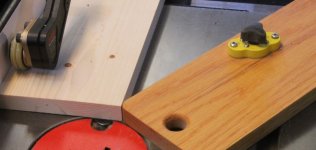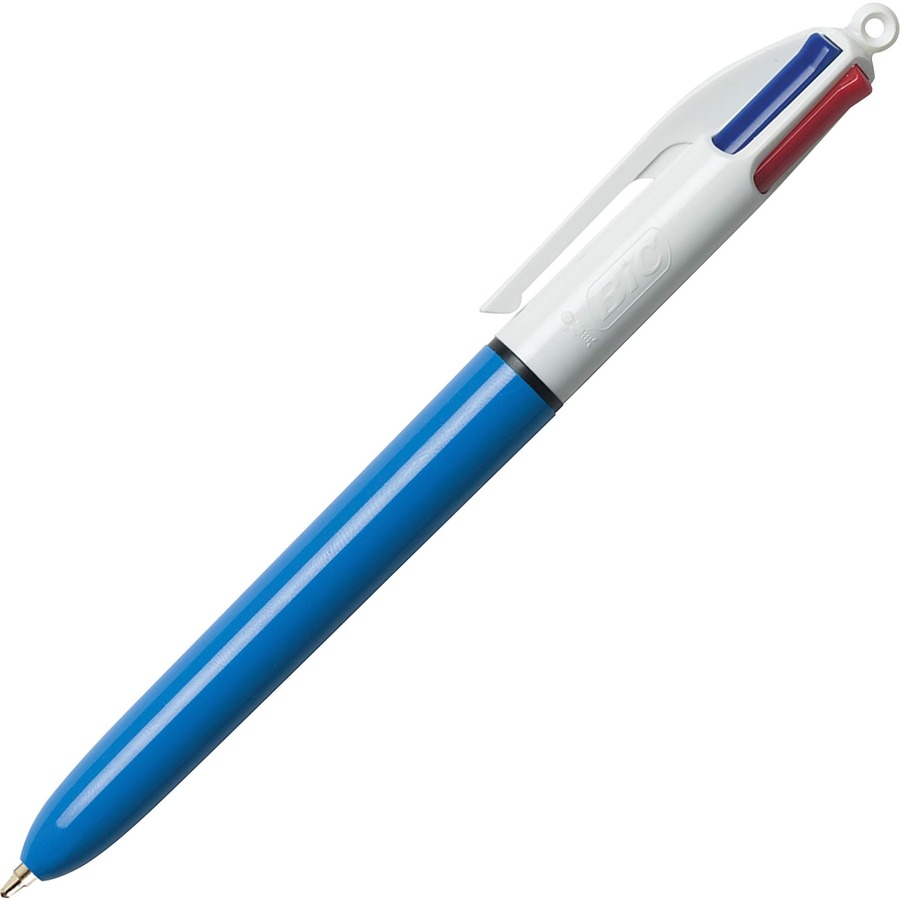Packard said:
When I first got into woodworking I had no formal or informal instruction. I learned by reading books, magazines and later on on the Internet.
One of the first books I read was re-issued in the 1980s, bought used by me around 2000 and initially printed (probably) 1950s - 1960s.
In that book they illustrated mounting two (2) rip blades with a spacer between the blades. Setup against the fence to yield two narrow strips at a time.
I did not know anything about kick back at that time and I was tempted to use that technique. But it would require that I purchase a second rip blade. Only that requirement kept me from trying that technique.
It would have not only created a kick back from the piece against the fence, but a double strength kickback from the piece trapped between the twin blades.
In retrospect, I am glad I was too cheap to buy a second blade.
Amusingly, at a later date I bought a second rip blade so that I could send one out to be sharpened and still work. But by then I learned about kickback.
The only table saw injury I have had was related to kick back. At the time, I was not aware that short pieces were particularly susceptible to kickback (or “kick-up” as it actually occurred). That required a visit to the emergency room. I tore off the finger nail from my pointer finger—but I cannot remember if it was my left or right hand.)
My only bloodletting injury on the tablesaw was around 1980 when I cut a slot through the end on my right index finger. Luckily I write and draw with my left hand.
When the wound healed I was pleased to discover that the now narrower fingertip fit perfectly into the holes of rotary telephones. Our office phones were replaced with push button models a month later.
The original Bic 4-color ball point pens had a small ball at the top. That ball was intended to be used for dialing a rotary dial phone.
A while back, Bic re-tooled for the pen and left off the anachronistic ball. They had so many complaints about that, that they put it back (with a small hole to tie it to something in an effort to make the ball useful).
As an aside: A vendor (chrome plating) used to ask everyone they knew if they had any old rotary dial phones. Apparently the phone was used in the factory and the plating fumes were highly corrosive. They would corrode the contacts and after just a few weeks they could not dial out.
The rotary phones swiped over the contacts each time you dialed, so they stayed clean and functional for months.


